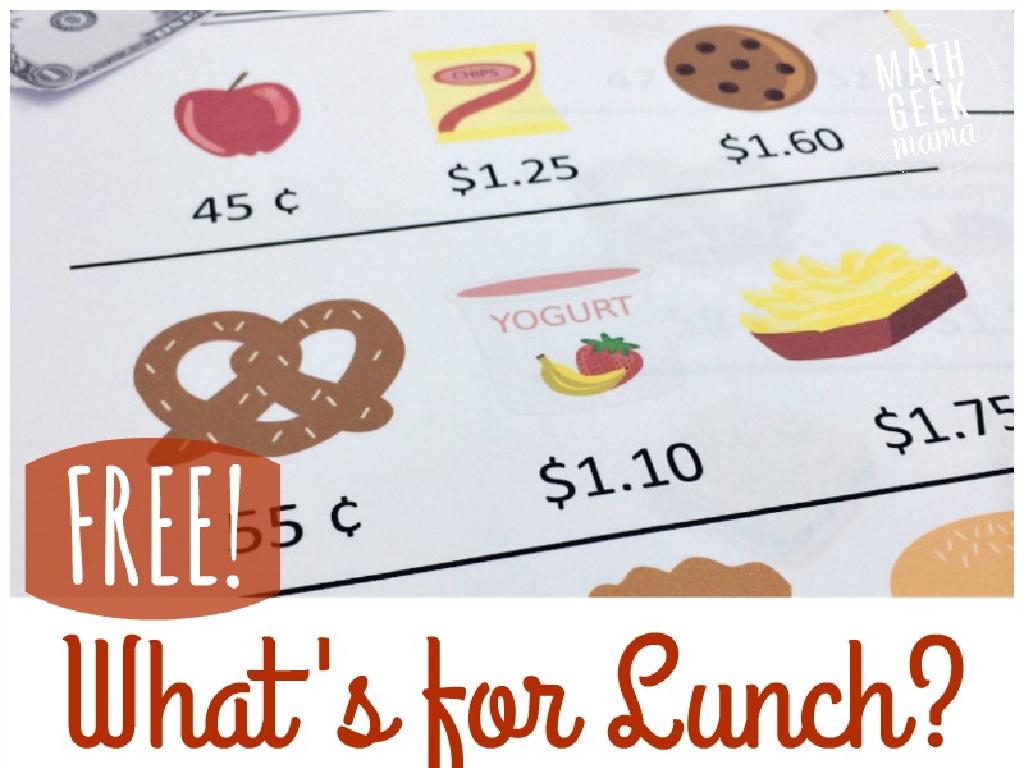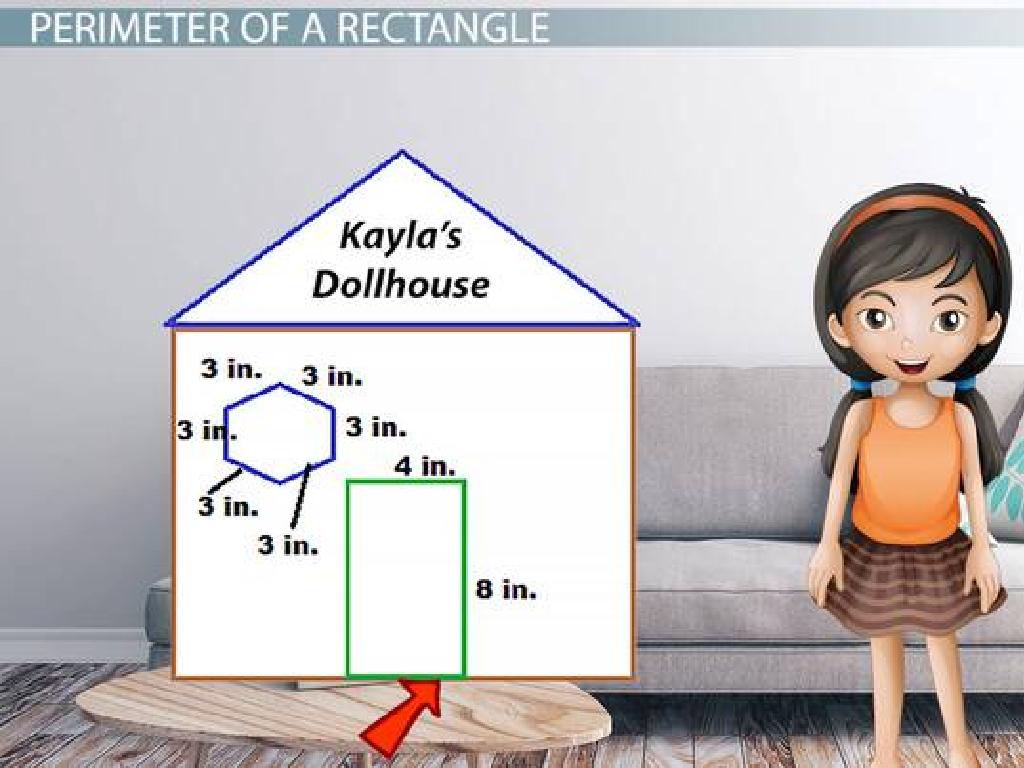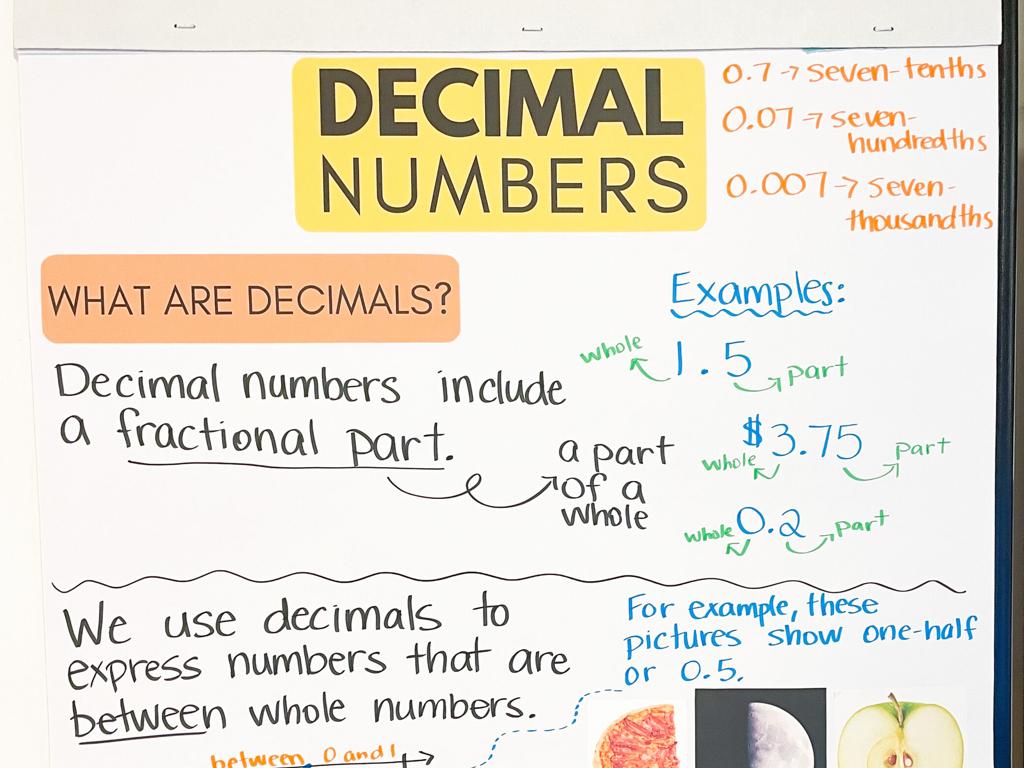Heating, Cooling, And Changes Of State
Subject: Science
Grade: Fifth grade
Topic: Heat And Thermal Energy
Please LOG IN to download the presentation. Access is available to registered users only.
View More Content
Heating, Cooling, and Changes of State
– Heat and thermal energy basics
– Thermal energy is the total energy of all the particles in an object.
– Heat’s effect on matter
– Heat can make solids melt, liquids boil, or cause matter to expand.
– Exploring states of matter
– Matter exists as solids, liquids, gases; changes with temperature.
– Heating vs. Cooling processes
– Heating adds energy, cooling removes it, affecting matter’s state.
|
This slide introduces the concepts of heat and thermal energy and their effects on matter, setting the stage for understanding the processes of heating and cooling. Begin by explaining that thermal energy relates to the movement of particles within an object. Discuss how adding or removing heat can cause matter to change states, such as melting ice or boiling water. Use everyday examples like freezing water into ice or melting chocolate to illustrate these concepts. Encourage students to think about how temperature affects the state of various materials around them and prepare them for experiments that demonstrate these changes.
Understanding Heat and Its Transfer
– Heat as energy
– Heat is energy that flows from warmer to cooler objects.
– Ways heat can transfer
– Conduction, convection, radiation are the methods of heat transfer.
– Examples of heat transfer
– Sun warming the Earth, hands warming up by a fire.
– Impact of heat on matter
– Heat causes matter to change state, like ice melting into water.
|
This slide introduces the concept of heat as a form of energy and the three main methods of heat transfer: conduction, convection, and radiation. Provide real-life examples to help students relate to the material, such as feeling the warmth of the sun or the heat from a fire. Explain that heat transfer can cause changes in the state of matter, which is a key concept in understanding thermal energy. Encourage students to think of more examples of heat transfer they experience in daily life and how it affects the state of different materials.
Temperature vs. Heat
– Temperature: measure of warmth
– Heat: energy transfer between objects
– Measuring temperature with tools
– Thermometers are tools to measure temperature
– Temperature indicates particle energy
– Higher temperature means particles move faster
|
This slide aims to clarify the concepts of temperature and heat for fifth-grade students. Temperature is a measure of how warm or cold something is and is measured using a thermometer. Heat, on the other hand, is the energy that is transferred from a warmer object to a cooler one. It’s important to explain that temperature is not the same as heat; temperature is a measure, while heat is the process of energy transfer. Discuss how we measure temperature in degrees and introduce the tools used, such as thermometers. Explain that the temperature of an object gives us an idea of how much energy its particles have; the higher the temperature, the more energy the particles have, which means they move faster. This will help students understand the relationship between temperature and the kinetic energy of particles.
States of Matter and Heat
– Matter: Solid, Liquid, Gas
– Matter exists in three forms: ice (solid), water (liquid), and steam (gas).
– Heat’s effect on matter
– Adding or removing heat can change matter’s state.
– Solid to liquid: melting
– Example: Ice (solid) melts into water (liquid) when heated.
– Gas to liquid: condensation
– Example: Steam (gas) cools into water (liquid) when cooled.
|
This slide introduces the three states of matter and how heat can cause transitions between these states. Emphasize that solids have a fixed shape, liquids take the shape of their container, and gases fill their container. Discuss how adding heat to a solid can cause it to melt into a liquid, and removing heat from a gas can cause it to condense into a liquid. Use everyday examples like melting ice or condensing steam on a mirror to illustrate these concepts. Encourage students to think of other examples and to understand that these changes are reversible.
Heating and State Change: Ice to Steam
– Heating ice transforms it to water
– Ice melts at 0°C, turning into water
– Understanding melting and boiling points
– Melting point is 0°C, boiling point is 100°C for water
– Interactive example: ice, water, steam
– Observe ice melting, water heating, and steam forming
|
This slide introduces the concept of state changes due to heating. Begin by discussing what happens when ice is heated: it changes state from solid to liquid, known as melting. Explain that the melting point is the temperature at which this happens, which is 0°C for ice. The boiling point is where liquid turns to gas, which is 100°C for water. Use an interactive example, such as heating ice in a pan, to demonstrate the change from ice to water and then to steam, allowing students to observe the changes in state firsthand. Encourage students to think about other examples of state changes in their daily lives.
Cooling and State Change: Steam to Ice
– Cooling steam leads to condensation
– Condensation: Steam to water
– When steam cools, it turns back into liquid water
– Further cooling leads to freezing
– Freezing is when water becomes solid ice
– Interactive example: From steam to ice
– Observe water’s journey from gas to liquid to solid
|
This slide explores the effects of cooling on steam, leading to condensation and eventually freezing. Begin by explaining that when steam (water in its gas form) is cooled, it changes back into liquid water, a process known as condensation. Then, discuss how further cooling of this water leads to freezing, where the water turns into ice, its solid state. To make this concept interactive and engaging for fifth graders, demonstrate the process with an example, such as cooling steam from a kettle until it condenses on a surface and then placing the water in a freezer to observe the change to ice. Encourage students to ask questions and think of other examples where they have observed water changing its state.
Expansion and Contraction of Materials
– Materials expand when heated
– Particles move faster and spread out
– Materials contract when cooled
– Particles slow down and come closer
– Thermometers use expansion
– Mercury rises in the tube with heat
– Bridges account for contraction
– Gaps prevent cracking in heat
|
This slide introduces the concepts of expansion and contraction due to temperature changes. When materials are heated, their particles gain energy, move faster, and tend to take up more space, causing the material to expand. Conversely, when materials are cooled, their particles lose energy, move less, and come closer together, resulting in contraction. Real-world applications of these concepts include thermometers, which use the expansion of mercury or colored alcohol to measure temperature, and bridges, which are designed with expansion joints to prevent damage from the expansion and contraction caused by temperature changes. Encourage students to think of other examples where expansion and contraction might be important, such as in metal pipes or in the design of electronic devices.
Heat and Living Things
– Animals use heat to survive
– Some animals hibernate or migrate to manage body heat.
– Human body temperature control
– Our bodies sweat to cool down and shiver to warm up.
– Plants respond to temperature
– Plants may wilt to reduce heat exposure or grow towards warmth.
– Importance of heat regulation
|
This slide explores the relationship between heat and the survival of living organisms. Discuss how different animals have adapted behaviors like hibernation or migration to cope with temperature changes. Explain the human body’s mechanisms, such as sweating and shivering, to maintain a stable internal temperature. Highlight how plants can react to temperature by wilting to minimize heat damage or by growing towards a heat source for survival. Emphasize the critical role of heat regulation in the health and functioning of all living things. Provide examples and encourage students to think of ways they keep cool or warm, drawing parallels to the natural world.
Class Activity: Melting and Freezing
– Observe melting ice cubes experiment
– Record temperature at intervals
– Note the temperature when ice starts to melt and when all ice has melted
– Discuss state changes
– What happens to the ice as it warms up? How does it turn into water?
– Hypothesize about melting and freezing
– Why does ice melt? What might make it freeze again?
|
This class activity is designed to help students understand the concepts of melting and freezing through a hands-on experiment. Provide each student or group with ice cubes and a thermometer. Have them record the temperature at regular intervals and observe the changes as the ice melts. Encourage them to touch the ice and feel the temperature. After the experiment, lead a discussion on the state change from solid to liquid, asking students to describe what they observed and to think about the process of freezing in reverse. Offer guidance on how temperature affects the state of matter and discuss the terms ‘melting point’ and ‘freezing point’. For homework, students can hypothesize what conditions might affect the rate of melting and freezing and test their ideas with simple experiments at home.
Conclusion: Heat & State Changes
– Recap: Heat vs. Temperature
– Heat is energy transfer; temperature measures how hot or cold.
– Key points of state changes
– Solids melt, liquids freeze, gases condense; all due to heat changes.
– Reflect on what we’ve learned
– Q&A session
– Think of questions about today’s lesson.
|
As we wrap up today’s lesson, it’s important to review the core concepts. Heat is the transfer of thermal energy, while temperature is a measure of how hot or cold something is. We’ve learned about how states of matter change when they gain or lose heat: solids melt into liquids, liquids freeze into solids, and gases condense into liquids. Encourage students to reflect on the activities and discussions from the lesson. Finally, open the floor for a Q&A session, allowing students to ask questions and clarify any doubts. Be prepared with a few common questions to prompt discussion if students are hesitant to participate.
Homework: Heat, Cooling, and State Changes
– Complete the lesson worksheet
– Illustrate the water cycle
– Show evaporation, condensation, precipitation
– Write about animals’ temperature adaptation
– How do animals survive in different climates?
– Share your work next class
|
This homework assignment is designed to reinforce the concepts learned in class about heat, cooling, and changes of state. The worksheet should cover the key points of the lesson, ensuring students understand the material. Drawing the water cycle will help them visualize the process of evaporation, condensation, and precipitation. Writing a paragraph on how animals adapt to temperature changes will encourage them to think about the application of heat and thermal energy in biology. Encourage creativity in their diagrams and critical thinking in their writing. In the next class, provide time for students to share their work, which will foster a collaborative learning environment.






